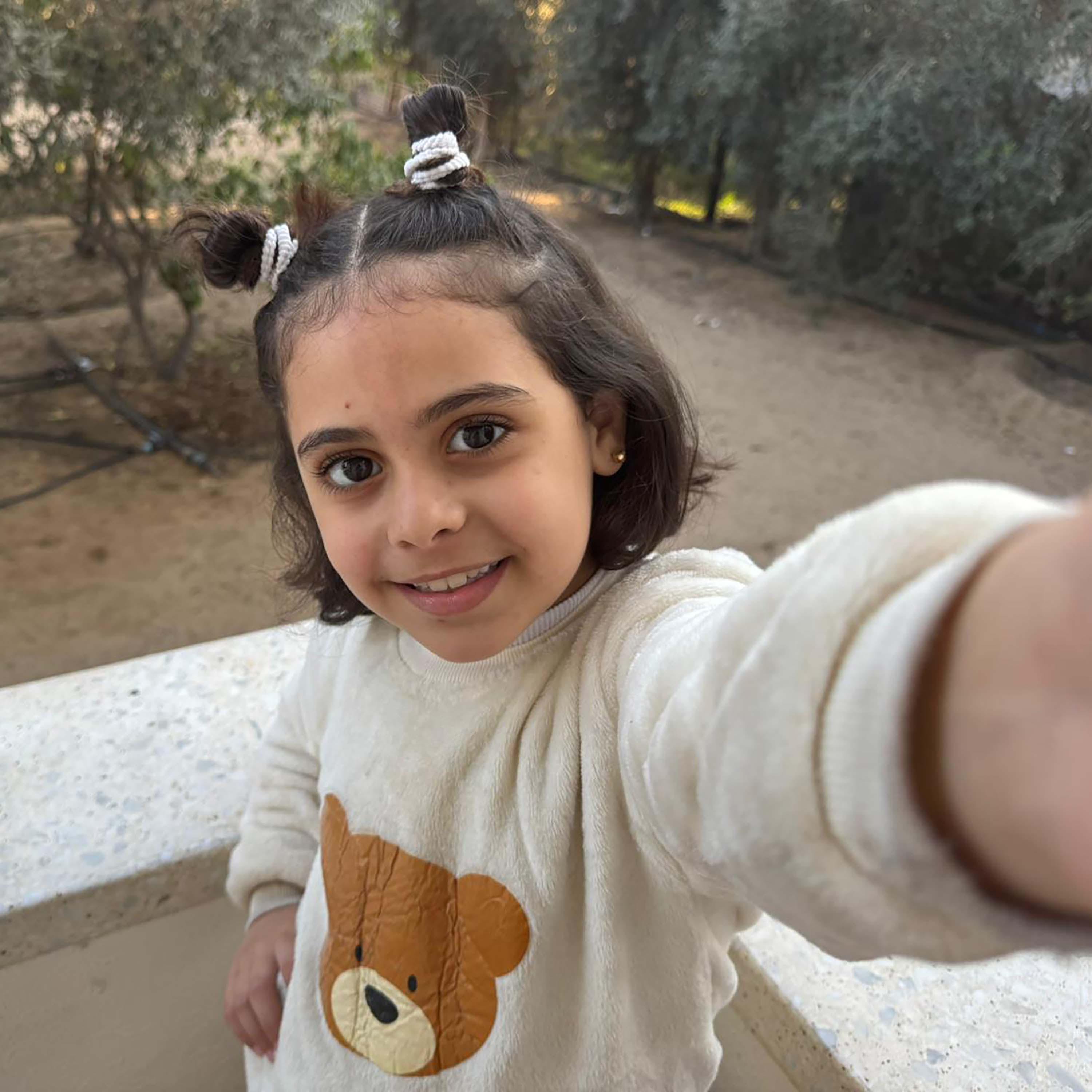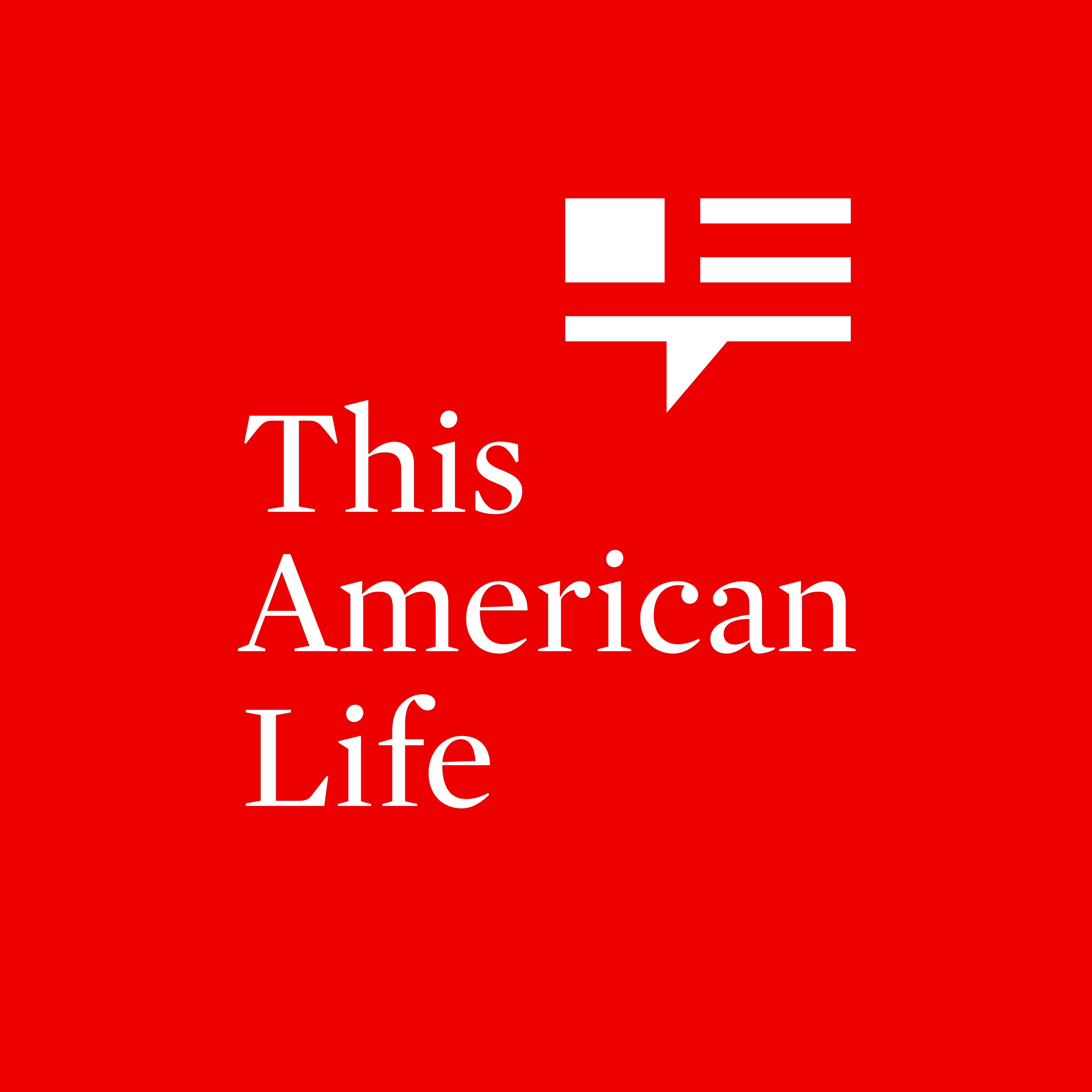
Deep Dive
What is unique about the situation of children in Gaza compared to other war zones?
Children in Gaza are not allowed to leave the war zone; they are displaced within Gaza itself, stuck in the violence with their families in crowded rooms or tents. This is different from other war zones where children might be displaced to safer areas away from the fighting.
How does Banias cope with the war and displacement in Gaza?
Banias copes by creating her own routines and activities, such as playing school games with friends, reenacting her old life through games, and engaging in imaginative play. She also uses phone calls with the reporter as a way to narrate her life and maintain a sense of control.
What does Banias' mother, Maram, say about her daughter's experience of the war?
Maram explains that Banias views Israel as an enemy due to the constant bombings and killings. She also notes that Banias, like many Palestinian children, is experiencing continuous trauma rather than post-traumatic stress, as the war and its effects are ongoing.
What challenges do children in Gaza face due to the war?
Children in Gaza face acute malnutrition, widespread disease, skin infections, and the reappearance of diseases like polio. They also lose limbs, parents, and their lives, with over 13,000 children killed since the war began. Additionally, they lack access to education, safety, and basic necessities like food and medicine.
Why does Banias avoid talking about the war during her phone calls?
Banias avoids talking about the war because it is not the main focus of her thoughts. Instead, she prefers to narrate her daily life, focusing on her activities, friends, and imaginative play, which helps her cope with the ongoing trauma.
What does Banias' mother, Maram, say about the psychological impact of the war on children in Gaza?
Maram, referencing a psychologist, explains that children in Gaza are not suffering from PTSD because the trauma is continuous and there is no opportunity for recovery. Instead, children cope in various ways, such as acting out, becoming obsessed with certain activities, or trying to shape their world positively.
What is the significance of the Netzerim Corridor in Gaza?
The Netzerim Corridor is a militarized zone that Israel has built across Gaza, separating the north from the south. It spans around 20 square miles, takes up more than 12% of Gaza's territory, and includes checkpoints, roads, and infrastructure. It has been described by some as part of an ethnic cleansing effort, as it prevents displaced Gazans from returning to their homes in the north.
How does Banias' family's recent move reflect the ongoing displacement in Gaza?
Banias' family moved to a less crowded apartment a few miles from their previous location, but it is still temporary and not home. This move reflects the prolonged displacement and uncertainty faced by many Gazans, as they cannot return to their destroyed homes in the north due to the militarized Netzerim Corridor.
- Unexpected phone call with Banias, an 8-year-old girl from Gaza.
- Banias starts narrating her life, becoming the central voice of the episode.
- Children in Gaza are displaced within the conflict zone, unlike children in other war zones.
Shownotes Transcript
Banias is an 8-year-old kid living in Gaza. And she has a story to tell — many stories, in fact.
Visit thisamericanlife.org/lifepartners to sign up for our premium subscription.
- Prologue: While on the phone with reporter Maram Hamaid in Gaza, producer Chana Joffe-Walt gets interrupted by Maram’s daughter––Banias, eight, who grabs the phone from her mother and starts telling us about her life. The narrator arrives. (8 minutes)
- Part One: Banias, an 8-year-old in Gaza, tells us about her life––her friends, the games she plays, the things she cares about. Everything but the war going on around her. (25 minutes)
- Part Two: Banias talks about the war. (20 minutes)
Transcripts are available at thisamericanlife.org
This American Life privacy policy.
Learn more about sponsor message choices.
